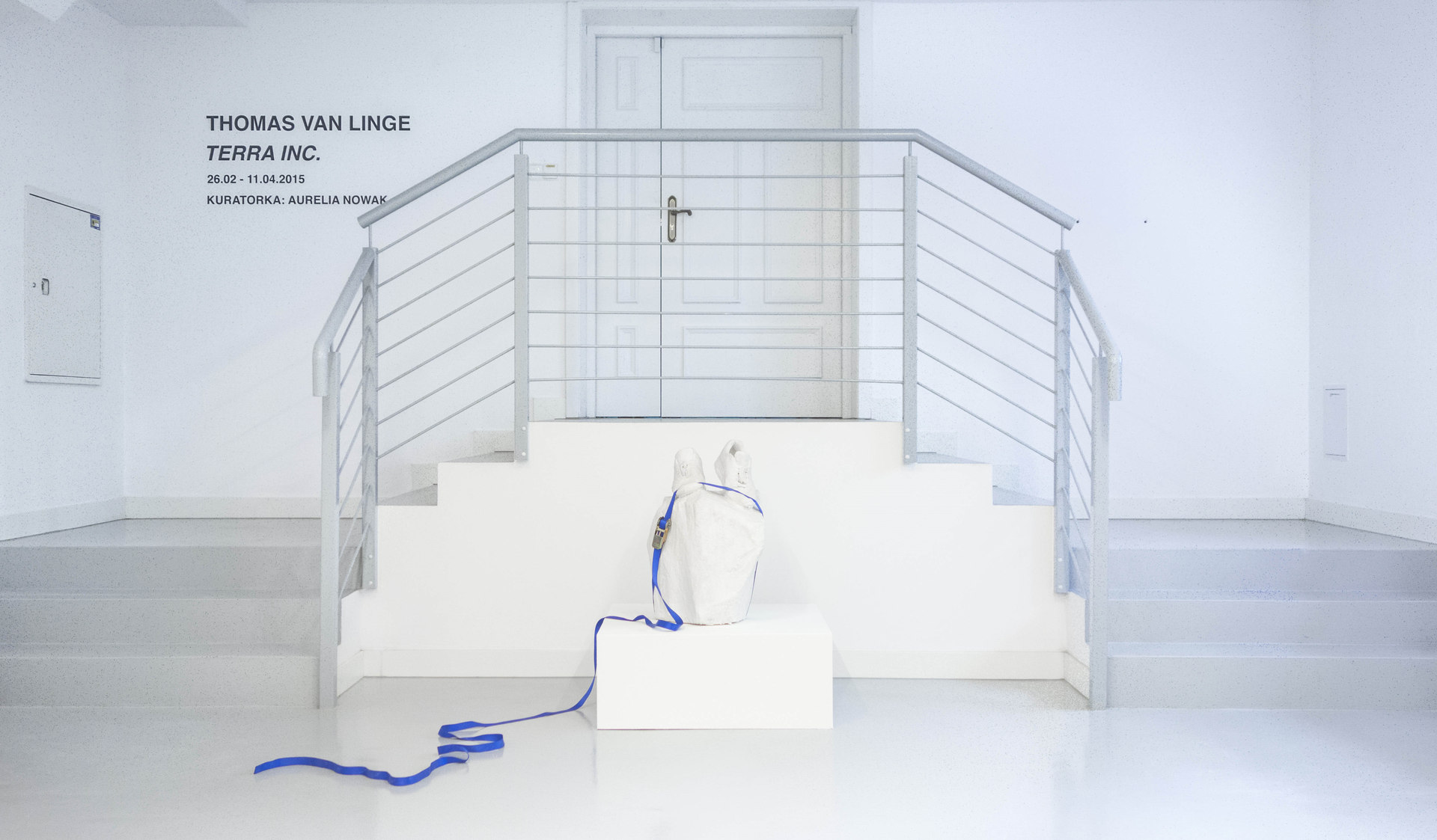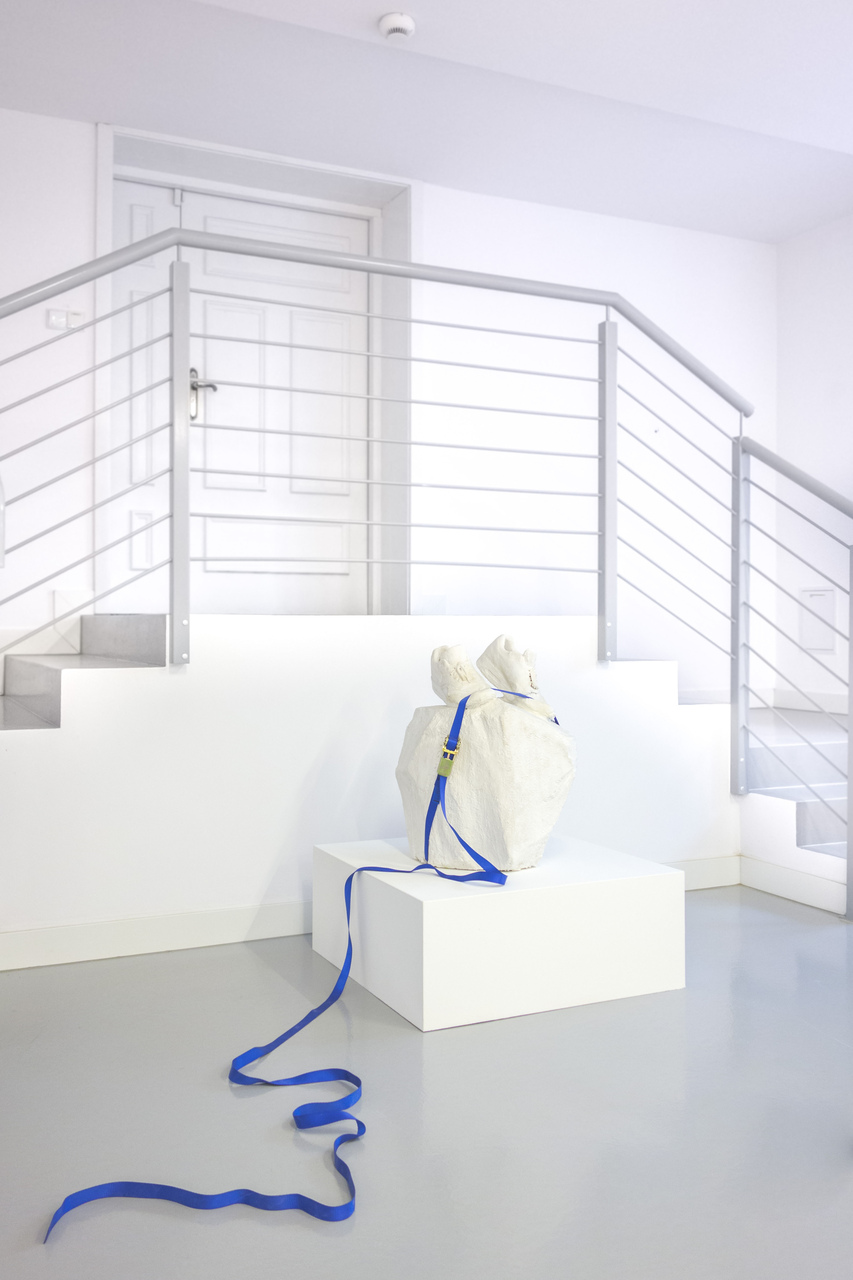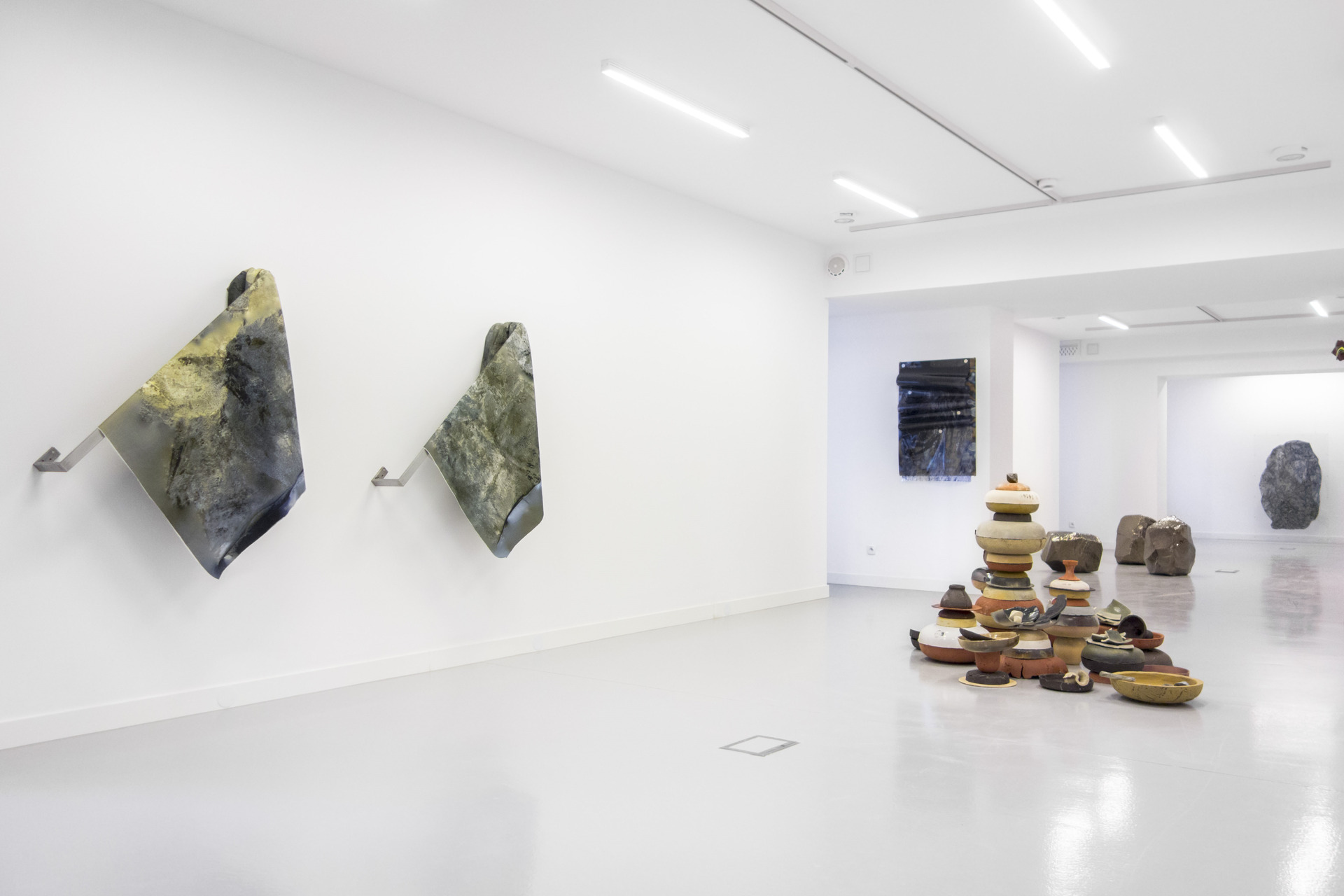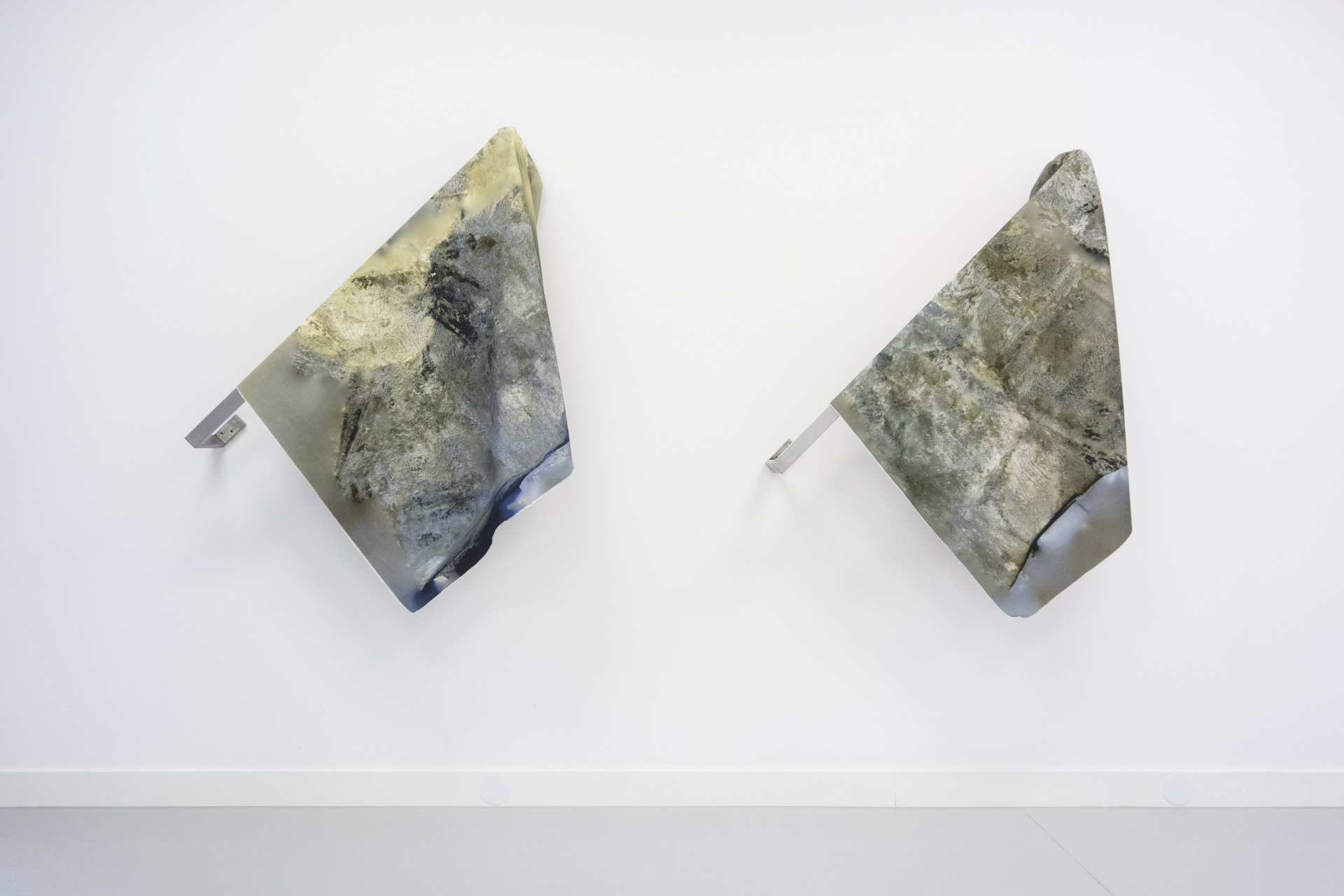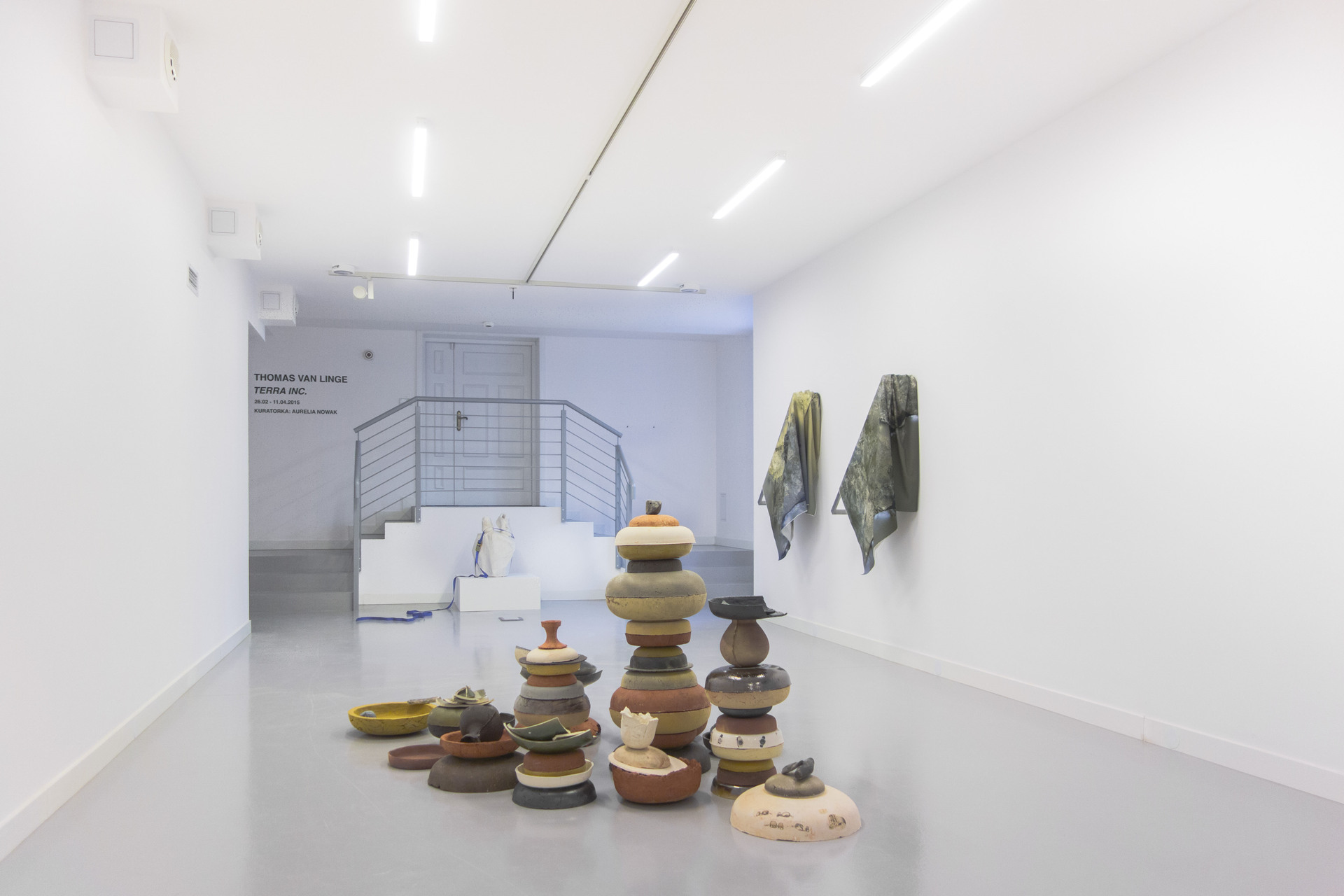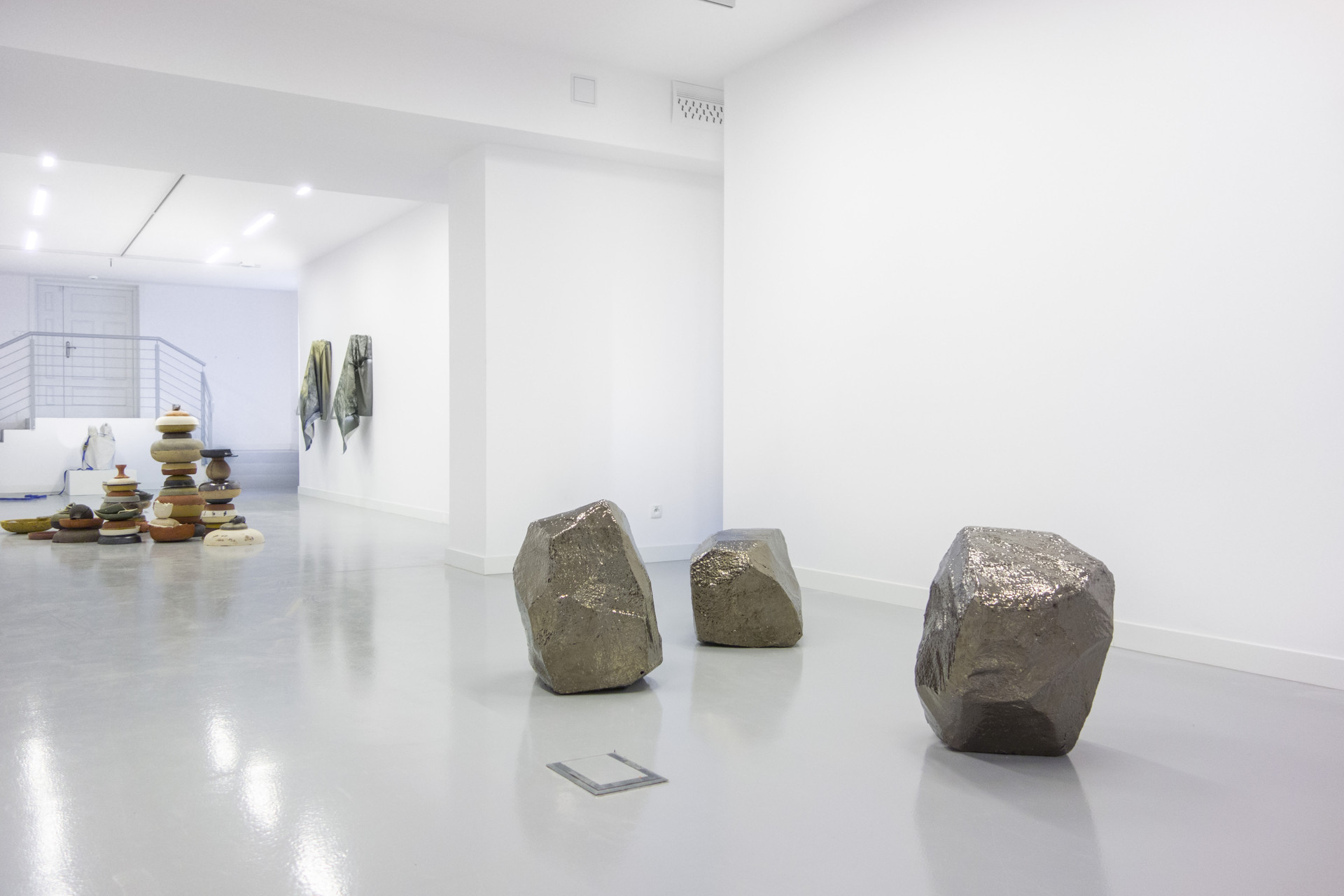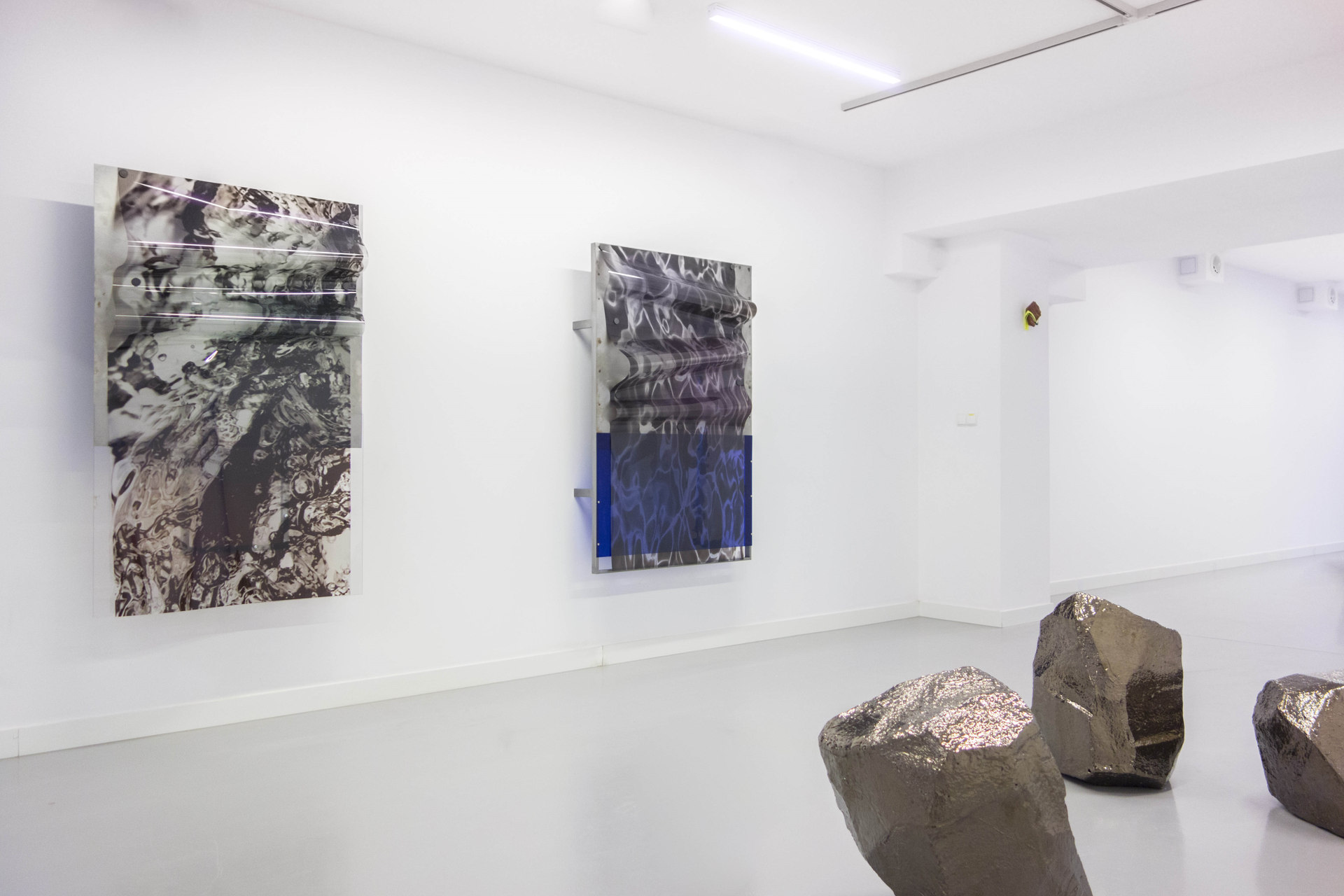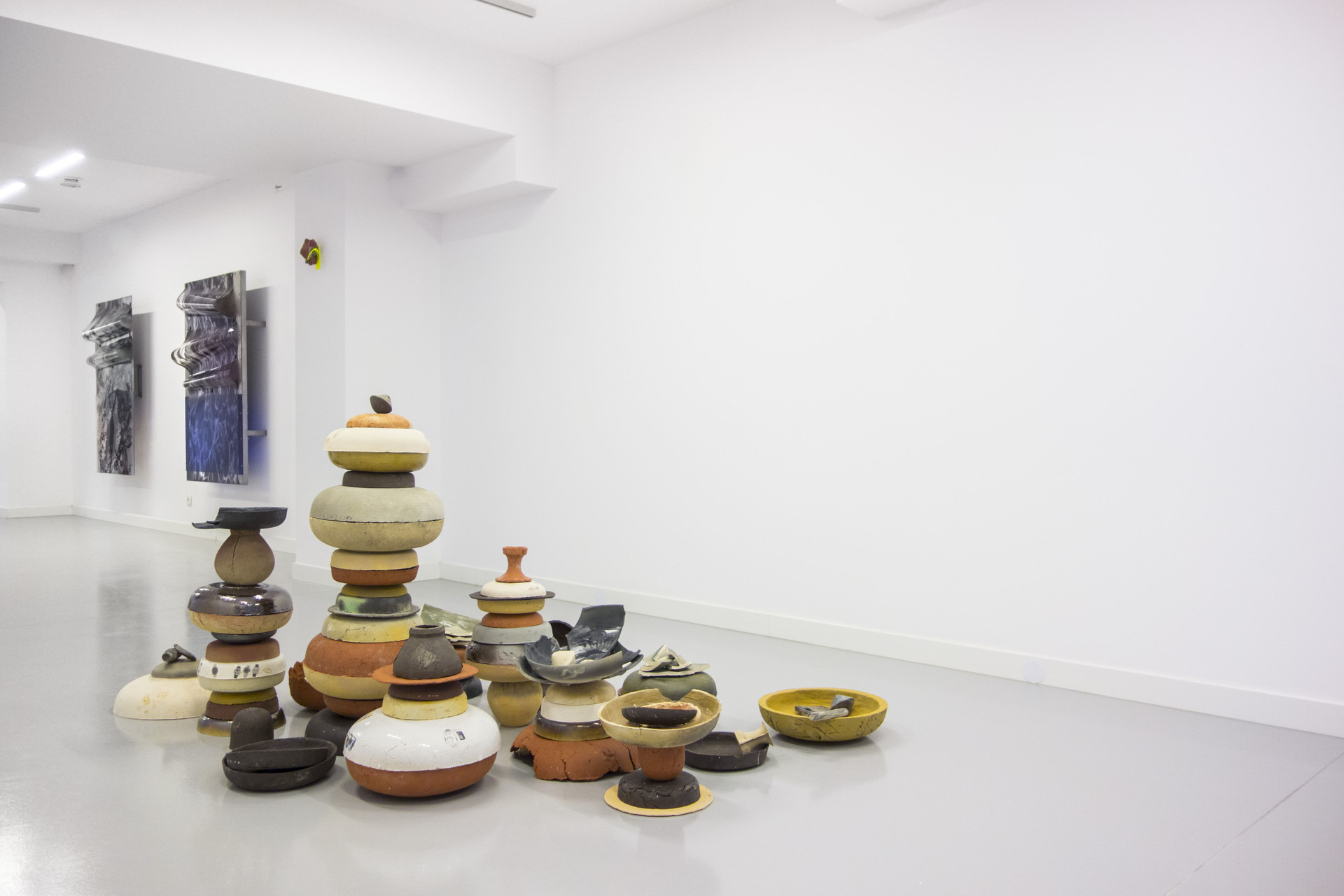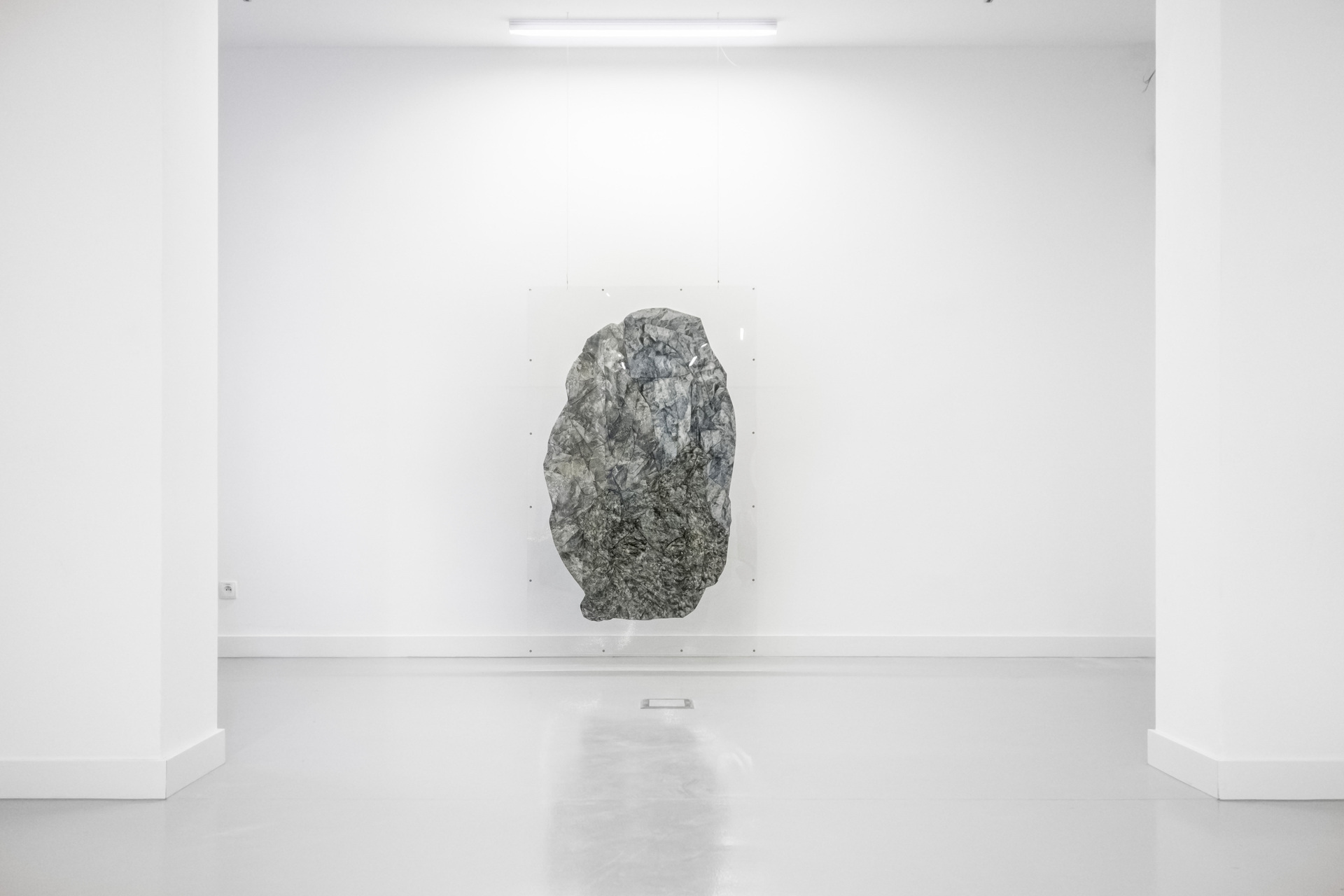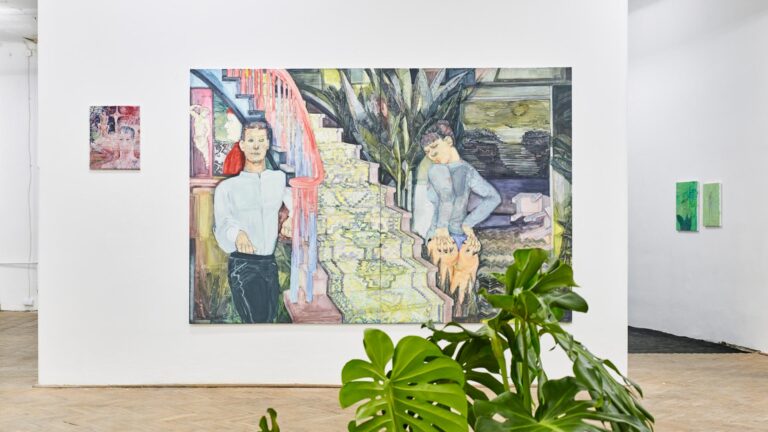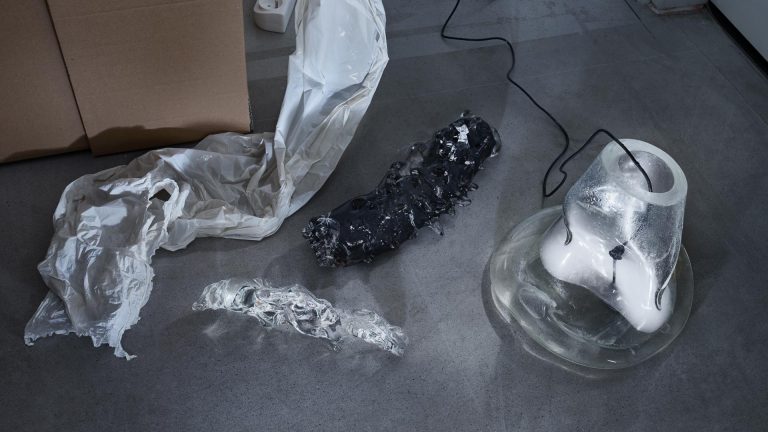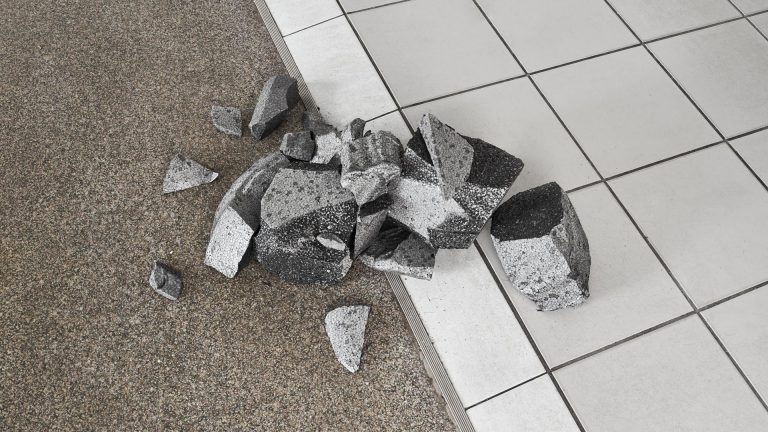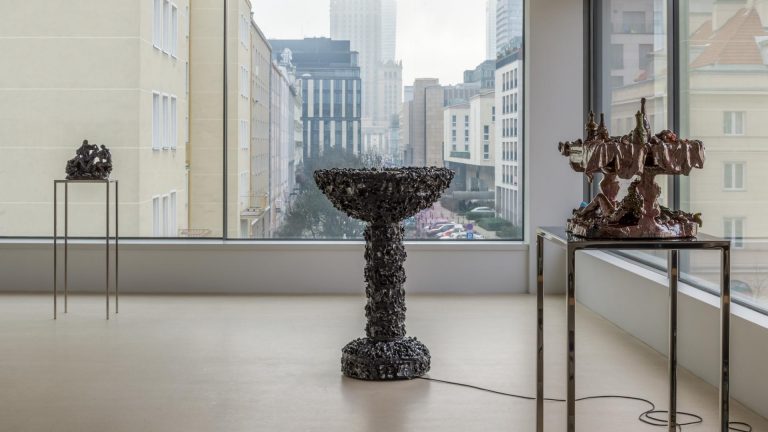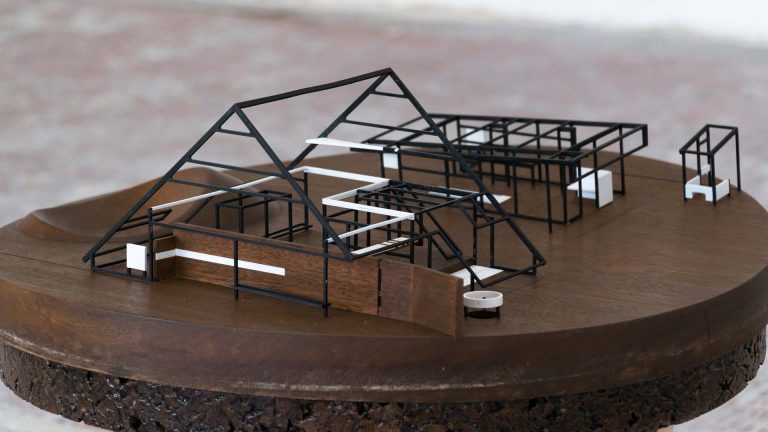Artist: Thomas van Linge
Exhibition title: Terra Inc.
Curated by: Aurelia Nowak
Venue: Zona Sztuki Aktualnej, Szczecin, Poland
Date: February 26 – April 11, 2015
Photography: Images courtesy of the artist and Zona Sztuki Aktualnej
Thomas van Linge (1989) belongs to the youngest generation of Dutch artists. He studied at the Royal Academy of Art in Hague in the Netherlands (Interdisciplinary Attitudes) and sculpture at Kunsthochshule Weissensee in Berlin. In 2013 he completed a short track residency at the prestigious residential center in Amsterdam – De Ateliers. He has participated in numerous exhibitions in the Netherlands and abroad. The project in the Zona Gallery is his biggest individual presentation so far. Thomas van Linge lives and works in The Hague.
The problems often taken up by Thomas van Linge are: commercialization, the digitization and fragmentation of the contemporary world’s perception, as well as our new, completely different attitude towards nature and everyday life. His works define our contemporary approach to nature, work, art, cultural heritage, entertainment, consumerism, the digital and analogue world. Since the digitization of the reality in which we live moves us away from nature at an incredible pace, our contact with it takes on a whole new form. We experience nature and the world around us in a more indirect manner. As the artist points out, applications such as Google Maps save our time, facilitate communication, take us to other places in the blink of an eye. In contrast, the lack of daily contact with endless landscapes is replaced by mesmerizing Windows or iOS wallpapers on our computers and mobile devices.
We have become used to stock commercial photography promoting the latest products at every step. In large cities the contact with nature is provided by greenhouses, zoos or the organic markets. These substitutes create an illusion, a totally different relationship with nature. Thomas van Linge’s interests are visible in his objects reflecting processes, which influence our everyday life. They refer to our cultural heritage: ancient sculptures, pop culture and social media aesthetics.
What is more, he treats his workshop with great attention. His sculptures and installations are made of different materials ranging from traditional ones, such as ceramics, to more industrial ones: plastics, concrete, polyurethanes and steel.
They are primarily hybrid objects allowing – in a playful way – for a simultaneous reception of what is natural, digital, useless, and at the same time, being the subject of commercialization, the finished product of culture.


